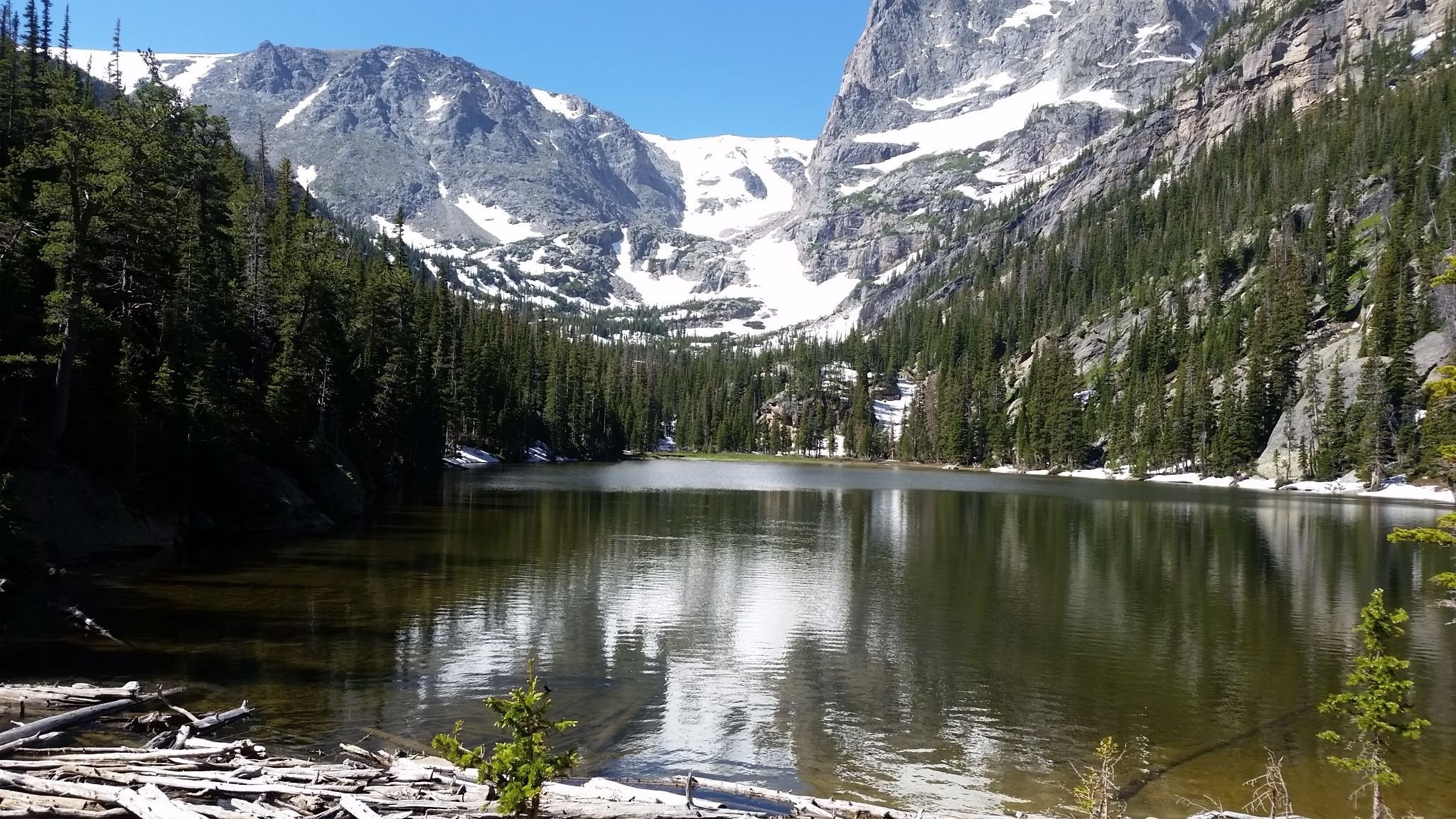
Technical Trail Running 101
This article is a collection of techniques that we discuss and practice in the Technical Trail Running 101 sessions. These sessions are conducted in person and may be held periodically, and are designed to give those that are new to technical trail running in the Colorado Rocky Mountains a solid foundation and the confidence to be able to join the group on our weekend adventures.
This article is a work in progress so it may evolve over time, and additional topics may be added. The Technical Trail Running 101 meetup sessions are subject to our leaders’ schedules, so if you are interested in learning more, and you haven’t seen these posted to the Meetup site in a while, feel free to message me or ask me about these on one of our runs. I’d be happy to share some of the details of these techniques.
Also, check out the Trail Ambitions YouTube channel, where I am posting videos on each of these topics.
Efficiency
Video: 10 Techniques for more efficient trail running
Relaxed body
Short strides with 90 BPM cadence (think of it like a waltz: right - 2 - 3 - left - 2 - 3 - right - 2 - 3 - left - 2 - 3...)
Compact arms/elbows
Follow the path of least resistance
Breathe by relaxing the diaphragm into the belly – not by expanding your chest
Run mechanics
Stride length = gear (shorter stride is downshifting, longer stride is up shifting)
Forward ankle lean = gas pedal (more forward lean to go faster, less forward lean to go slower)
Land on your midfoot and settle into your heel slightly/softly (requires minimal heel-to-toe drop in your shoe - with a raised heel you may find yourself doing more of a toe strike when trying to apply this technique, which may not be good and can be accentuated when running downhill.)
Run quietly – listen to your feet and modify your gate to reduce the sound your foot makes when it strikes the ground (when running with a partner listen to the sound of each of your and your partner's feet - make sure yours are quieter). A positive side effect is that you may see less wear on your shoes (especially if you tend to slide your feet).
Run vs. Hike
Some run everything, others hike the uphills and run the down hills, and still others run the up hills and hike the down hills – it’s really a personal preference
Different muscles are engaged while running vs. hiking, so you can use each strategically to give certain muscles a break
When hiking extend stride by a few inches to increase speed
Include hiking in your training to build strength
Transition from hike to run
Increase Cadence
Lean from ankle
Uphill
Video: Love uphill trail running with these 4 techniques
Mentally focus on your upper body
Swing elbows, and legs will follow – focus on pulling elbows back, not swinging arms forward
Straight back keeping chest cavity expanded
Hiking: keep heels on ground on steep terrain to give calf muscles a break
Running: if calf muscles get tired, slightly angle your steps (side-step by a few degrees) to engage different muscles in the calf giving other muscles a break and preventing overuse – alternate every minute or so
Downhill
Video: 5 techniques to increase your technical downhill trail running ability / 4 techniques to focus on when running down technical trail stairs
Relax body
Manage speed by changing cadence and stride length – to slow down take short quick steps rather than trying to plant your foot
Settle into your hamstrings slightly and absorb impact w/ hamstring – picture your leg muscles as shock absorbers
Limit breaking with knee/quad
Get into a zone or rhythm – mental visualization helps (e.g., flowing river)
Rocky Terrain
Video: My 6 Essential Techniques to Master Technical Trail Running
Relax body and minimize effort
Keep feet under you
Avoid reaching or over-striding
Focus on the dirt between the rocks, where it is smooth
Stay lite on your feet – don’t overcommit to any one step – should feel like a dance
Extend elbows like chicken wings while keeping hands closer to your center, to keep balance
Continually scan the area in front of you identifying your next several steps in advance – this will become easier with practice and after improving your ability to relax your body
On large and/or steep steps lower yourself down each step rapidly rather than jumping – this will reduce impact on your joints as well as keep you in control if you happen to step on an unstable surface (when a flowing river leaves the ground it becomes a waterfall - be a swiftly flowing river)
Get into a zone or rhythm with mental visualization – avoid distractions that pull your eyes away from the trail
If you trip, slow down and gradually regain your confidence – if you find yourself thinking about tripping or falling, slow down and/or walk for a bit to regain your confidence. What you think about is what usually happens – visualizing something like a flowing river will keep your mind off of tripping
Additional Resource
Running Economy and Form
Scott Miller
Group Organizer
Meetup.com/Boulder-Trail-Running-Breakfast-Club
Note: Any guidance in this article is intended for informational purposes only and is the opinion of the author, nothing more. You are expected to make your own decisions, and ultimately be responsible for yourself.

